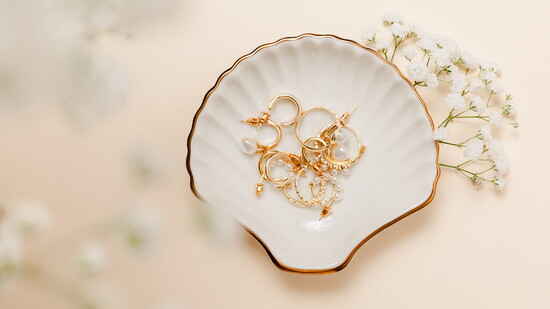In a world obsessed with grand gestures and dramatic transformations, a quiet revolution is taking place in the margins of our daily lives. While social media feeds overflow with complete room makeovers and capsule wardrobe overhauls, the most profound style shifts are happening in spaces so small you might miss them entirely.
Micro-style is the new big thing and it's rewriting the rules of how we think about beauty, design and personal expression.
Unlike the intimidating world of major renovations or seasonal wardrobe purges, micro-style lives in the tender details that whisper rather than shout. It's the deliberate choice to replace generic drawer pulls with vintage brass ones or the decision to display your morning vitamins in a small ceramic dish instead of leaving them scattered on the counter. These aren't accidents—they're intentional acts of beauty that compound into something larger than their individual parts.
What makes micro-style so compelling is its accessibility. You don't need a trust fund or a team of designers to transform the quality of your daily experience. A single well-chosen object can shift the entire energy of a space. Consider the difference between charging your phone on a cluttered nightstand versus a dedicated wooden tray or how replacing harsh overhead lighting with a single warm table lamp can make an entire room feel like a sanctuary.
The psychology behind micro-style runs deeper than simple aesthetics. These small interventions create what researchers call "micro-restorative experiences"—brief moments that reset our mental state and provide relief from the day's stresses. When we encounter something beautiful in an unexpected place, our brains pause, reset and find calm. The perfectly arranged stack of books on your coffee table isn't just decoration; it's a form of daily meditation.
This movement also reflects our growing understanding that sustainable living means investing in fewer, better things. Rather than constantly acquiring new items, micro-style encourages us to be more thoughtful about what we already own and how we present it. It's about curation over accumulation, intention over impulse.
The beauty of micro-style lies in its compound effect. One thoughtful change inspires another, creating a ripple effect throughout your environment. Start with something as simple as folding your dish towels in thirds instead of halves and suddenly you're noticing how the morning light hits your kitchen counter, which leads to moving your coffee maker to catch that glow, which makes you want to display your favorite mug collection.
Professional designers have long understood this principle. They know that the difference between a good room and a great one often comes down to the details most people overlook—the way books are arranged, the height of artwork, the texture of throw pillows. Micro-style democratizes this knowledge, making design thinking accessible to anyone willing to slow down and pay attention.
Perhaps most importantly, micro-style is deeply personal. While major design trends come and go, the small touches that make your space uniquely yours tend to endure. The small ceramic tile you brought back from Italy and now use as a coaster, the way you display postcards from past adventures in a simple wooden frame, the handwoven basket from that market you visited on a day trip that holds your throw blankets—these choices create a signature that's entirely your own.
In our hyperconnected, fast-paced world, micro-style offers something precious: permission to find joy in the smallest details. It reminds us that beauty doesn't require a grand budget or dramatic gesture. Sometimes the most profound transformations happen one tiny, thoughtful choice at a time.
The revolution isn't just happening in showrooms or magazine spreads. It's happening in the quiet corners of everyday life, where small acts of intention create spaces that don't just look beautiful—they feel like home.
In an era of excess, micro-style invites us to slow down, simplify and rediscover beauty in the smallest of details.
